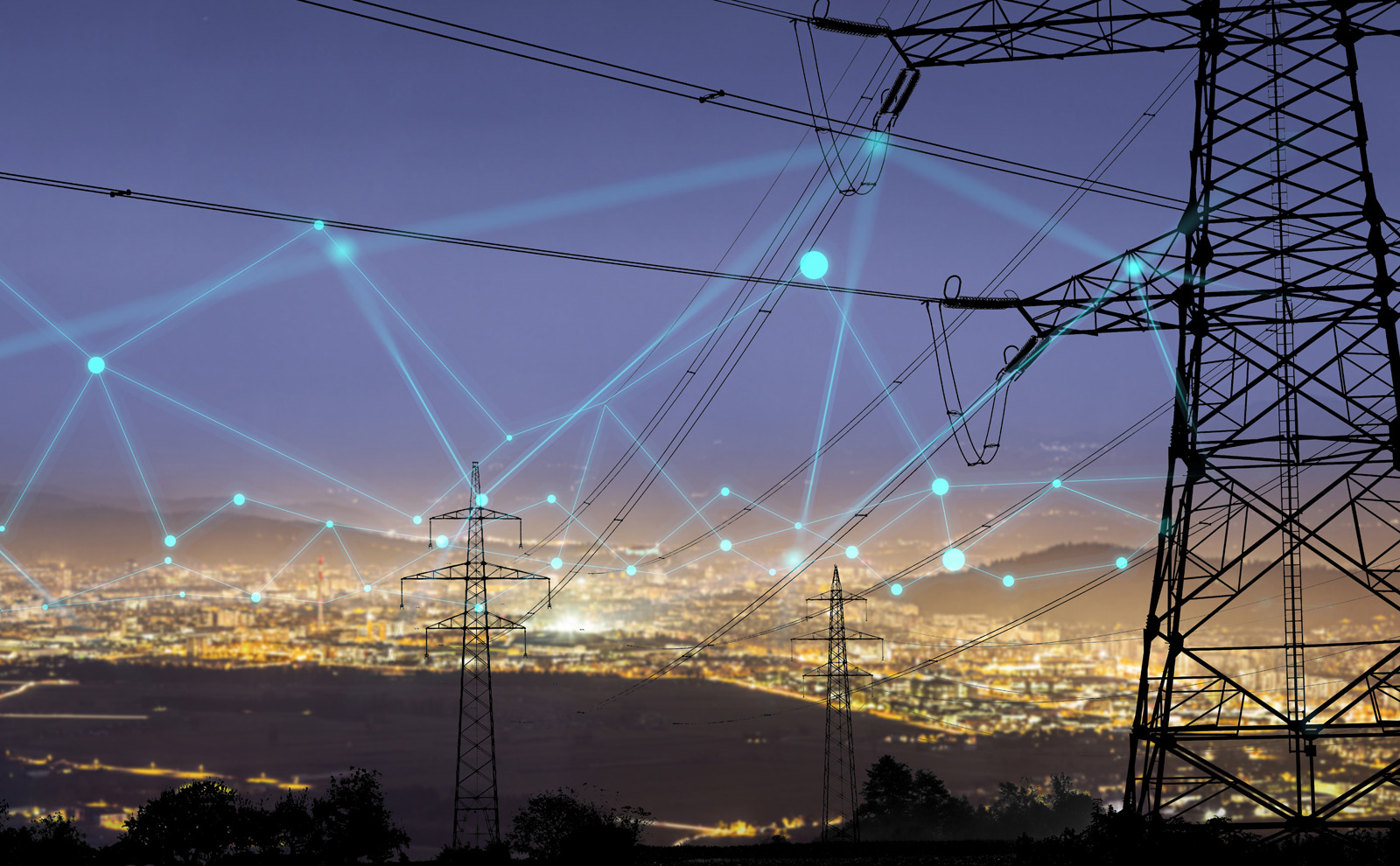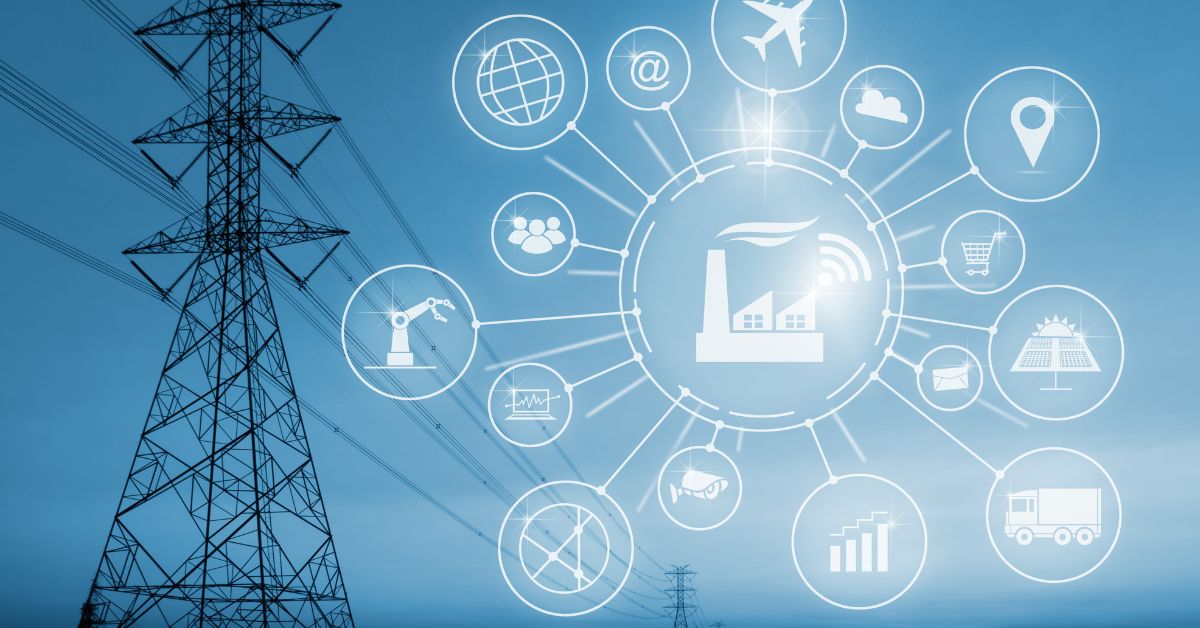In an era where electricity fuels everything from industry to innovation, the backbone of power systems must be stronger, smarter, and more responsive than ever. India’s energy ecosystem is rapidly expanding, not just in capacity, but in complexity. The challenge isn’t just about generating enough power; it’s about delivering it reliably, efficiently, and in real-time.
This is where SCADA in power systems comes into play. SCADA (Supervisory Control and Data Acquisition) is the virtual command centre of the grid automation that allows operators to monitor, control, and optimise electrical networks from a distance. From guaranteeing a continuous power supply to allowing the smooth integration of renewables, SCADA technology is revolutionising how contemporary grids operate.
Let’s see how SCADA systems in the energy industry are redefining reliability, safety, and operational excellence.
What is SCADA in Power Systems?
SCADA power systems is a software and hardware system that enables remote control and monitoring of electrical equipment throughout the grid by the operators. The systems take real-time information from field devices, including circuit breakers, transformers, and relays, and input it to a central control station. The information is used for analysis, fault detection, decision-making, and remote control.
The core components of a SCADA system include:
- Remote Terminal Units (RTUs): Placed at the field locations to collect data and monitor devices
- Programmable Logic Controllers (PLCs): Local decision-making automation
- Communication Infrastructure: Communicates data between RTUs and the central control
- SCADA Software (HMI): Provides a graphical interface to operators for real-time visualisation and control
Why SCADA Systems Are Important in the Power Industry
As India moves towards a smarter, more secure grid, SCADA systems in the power industry are absolutely essential for the following reasons:
1. Real-Time Power Monitoring
SCADA provides real-time power monitoring, which is needed for ensuring the system balance, detection of faults, and preventing outages. Operators can monitor it in real-time, as far as it is necessary, being able to make an instantaneous reaction to abnormal conditions.
2. Fault Detection and Isolation
Time is critical in fault management. SCADA detects the location of a fault quickly, isolates the faulty section, and allows rerouting of power—all automatically. This decreases outage time dramatically and increases grid reliability.
3. Grid Automation and Remote Control
With grid automation, SCADA facilitates remote switching, substation automation, and load shedding during peak demand automatically. This eliminates the need for manual handling in substations and provides operational continuity even during outages.
4. Integration with Renewable Energy
With solar and wind resources providing a growing percentage of the energy mix, SCADA assists in addressing their unpredictability. It tracks output volatility, predicts patterns of generation, and allows real-time regulation of these resources to ensure grid stability.

Increasing Grid Reliability with SCADA
One of the key purposes of SCADA is to provide grid reliability by allowing operators to monitor and respond to system conditions in advance. This is how SCADA prevents blackouts and sustains continuous power supply:
- Early Warning Systems: SCADA notifies operators in advance of an issue before it becomes a critical fault.
- Data-Driven Maintenance: Past SCADA data enables predictive maintenance of substations and transformers, reducing unplanned downtime.
- Enhanced Response Time: Remote diagnostics and control reduce response times to faults from hours to minutes.
- Wide-Area Monitoring: With networked RTUs, utilities can monitor the condition of a whole transmission or distribution network from a single control room.
For utilities covering multiple states or industrial regions, these capabilities are particularly useful in assuring service quality and compliance with regulations.
Driving Efficiency Across the Power Value Chain
Apart from reliability, SCADA power monitoring facilitates operational efficiency and cost optimisation of the power industry.
In Transmission and Distribution (T&D):
- Loads are balanced across feeders
- Optimises power factor and minimises transmission losses
- Monitors transformer health and ambient conditions
In Industrial and Commercial Facilities:
- Monitors real-time energy usage patterns
- Facilitates energy auditing and cost savings
- Facilitates demand-side management
In Renewable Energy Integration:
- Predicts and schedules solar/wind generation
- Prevents feeders from overloading during peak generation
- Automatically disconnects equipment during grid instability
SCADA, therefore, acquires a central importance not just for DISCOMs and utilities but also for Independent Power Producers (IPPs), EPC players, and grid-connected industries.
SCADA Implementation in India: Increasing Significance
India has been steadily advancing towards smarter grid infrastructure, and SCADA systems in power sector projects are integral to this transformation.
- National Smart Grid Mission (NSGM): Various cities in India are adopting SCADA-based Distribution Management Systems (DMS) under this initiative.
- Renewable Integration: SCADA systems are being widely adopted in large-scale solar power plants for real-time monitoring and data acquisition. They enable smooth integration with State Load Dispatch Centres (SLDCs) for grid compliance. While not mandatory for all capacities, they are typically required for larger grid-connected plants as per CEA and state regulations.
- Substation Automation: Various state utilities and private transmission utilities are now implementing fully automated substations with SCADA integration.
Businesses such as Hartek are leading the way in providing grid-scale automation solutions, providing end-to-end SCADA integration in substations and renewable assets to promote visibility, control, and operational intelligence.
The Future of SCADA: What’s Next?
SCADA platforms today are changing quickly from individual monitoring devices to holistic intelligence hubs.
Trends that will define the next generation of SCADA:
- IoT Integration: SCADA is increasingly being integrated with IoT sensors for more detailed asset monitoring.
- Cloud-Based SCADA: Facilitates real-time access from remote locations with secure storage and analytics of data.
- AI and Predictive Analytics: Anomalies can be identified early on using machine learning algorithms from SCADA data, enhancing predictive maintenance and forecasting of loads.
- Cybersecurity: Due to growing digitalisation, security protocols are being enhanced to safeguard SCADA systems from intrusions and tampering with data.
Challenges and Considerations
SCADA systems have immense benefits but come with some challenges during implementation:
- High Initial Investment: SCADA systems incur initial expenses, especially in retrofitting legacy systems.
- Interoperability Issues: SCADA integration with older or heterogeneous OEM equipment can be compatibility-intensive.
- Training and Skill Gap: Running sophisticated SCADA systems necessitates skilled operators and recurrent upskilling.
These are issues, though, which are actively being mitigated by industry participants through standardisation, vendor-agnostic solutions, and capacity-building efforts.
Conclusion: Creating a Smarter, More Resilient Grid with SCADA
India’s power grid is no longer merely a grid of wires, it’s an intelligent, data-savvy ecosystem. And SCADA in power systems is at the heart of this transformation, bringing intelligence, speed, and automation to the forefront of the power utility sector.
Whether it’s optimising power flow in peak periods or supporting predictive maintenance on strategic assets, SCADA provides utilities and energy operators with the control necessary to stay ahead of challenges. As the electric power industry continues to change, the role of SCADA will only intensify, becoming the unobtrusive driver of a more intelligent, cleaner, and more resilient energy future.
Hartek Group develops and integrates SCADA systems that enable efficient monitoring, automated control, and data-driven operation of power infrastructure, helping utilities and developers meet evolving grid requirements with confidence.
FAQ’s:-
Q1: What is SCADA in power systems?
A: SCADA in power systems refers to the technology used to remotely monitor and control electrical grid components for efficient and reliable power delivery.
Q2: How does SCADA improve grid reliability?
A: SCADA improves grid reliability by enabling real-time fault detection, automated power rerouting, and predictive maintenance through continuous monitoring.
Q3: Why is SCADA important for renewable energy integration?
A: SCADA helps balance solar and wind variability by predicting generation patterns and regulating grid inputs, ensuring stable and reliable energy distribution.
Q4: What are the main components of a SCADA system in power grids?
A: Key components include RTUs, PLCs, communication infrastructure, and SCADA software (HMI) for real-time control and monitoring.
Q5: How is SCADA being implemented in India’s power sector?
A: India is adopting SCADA in smart grids, substations, and solar power projects under initiatives like the National Smart Grid Mission for better control and efficiency.








